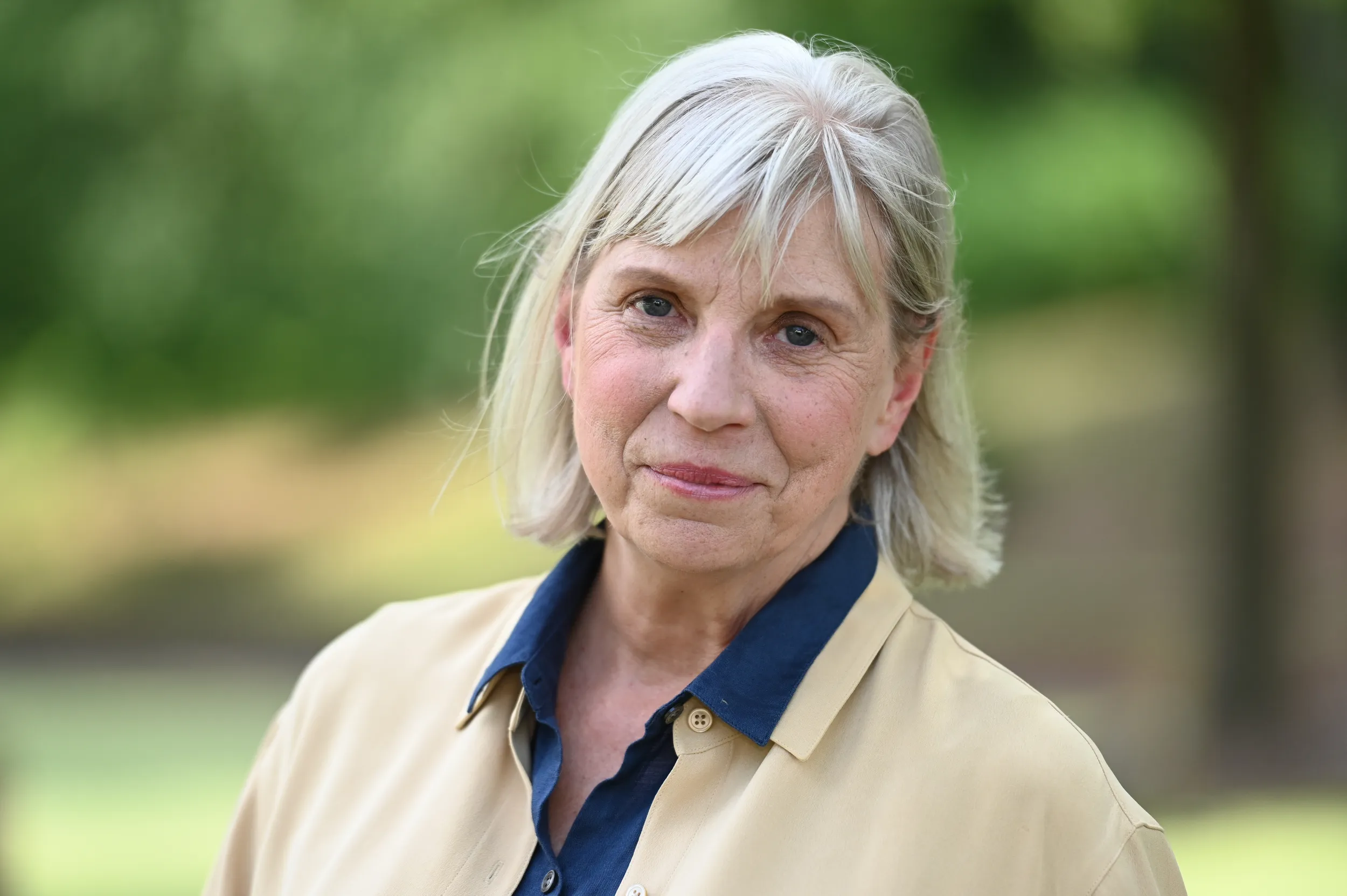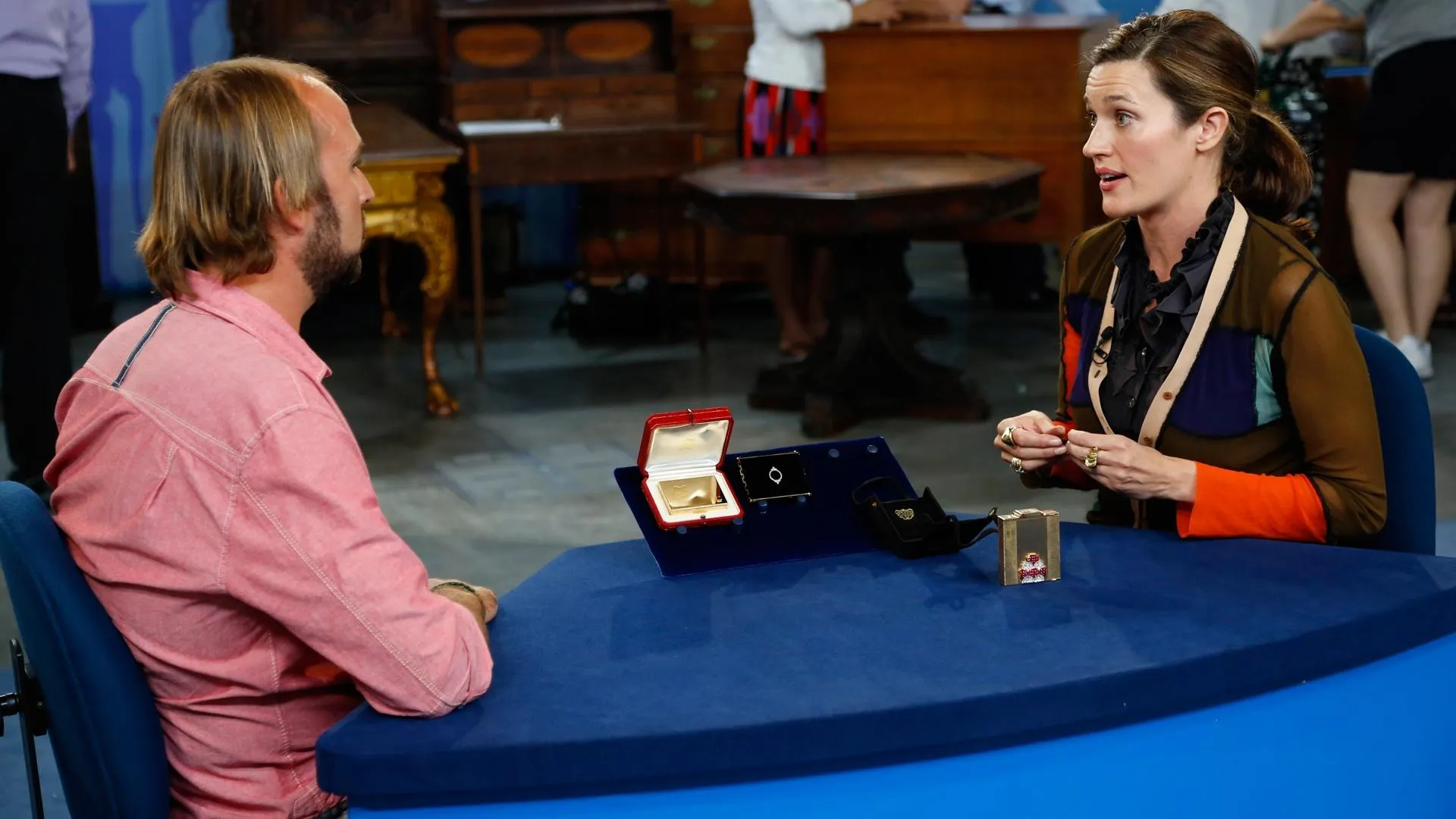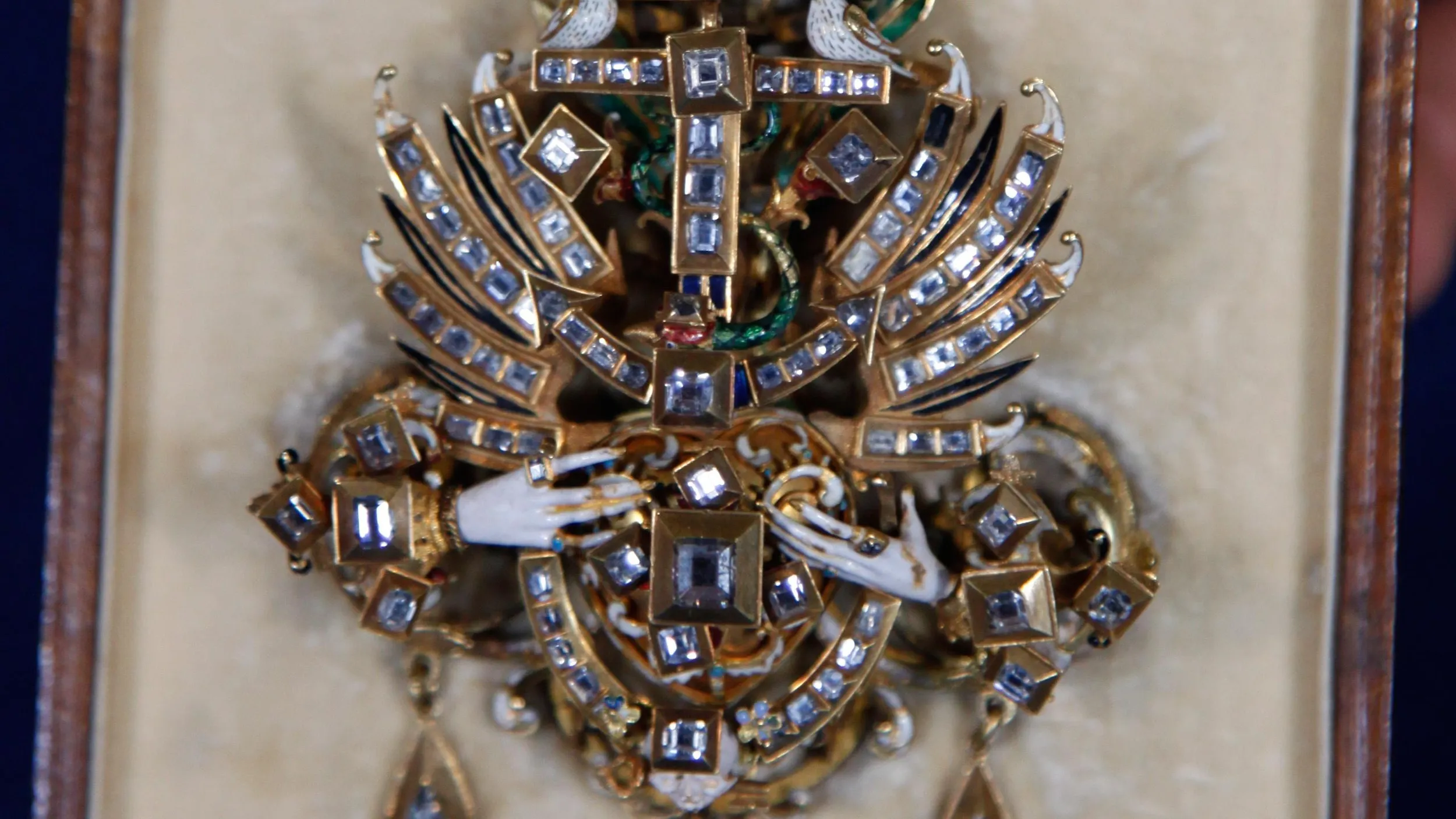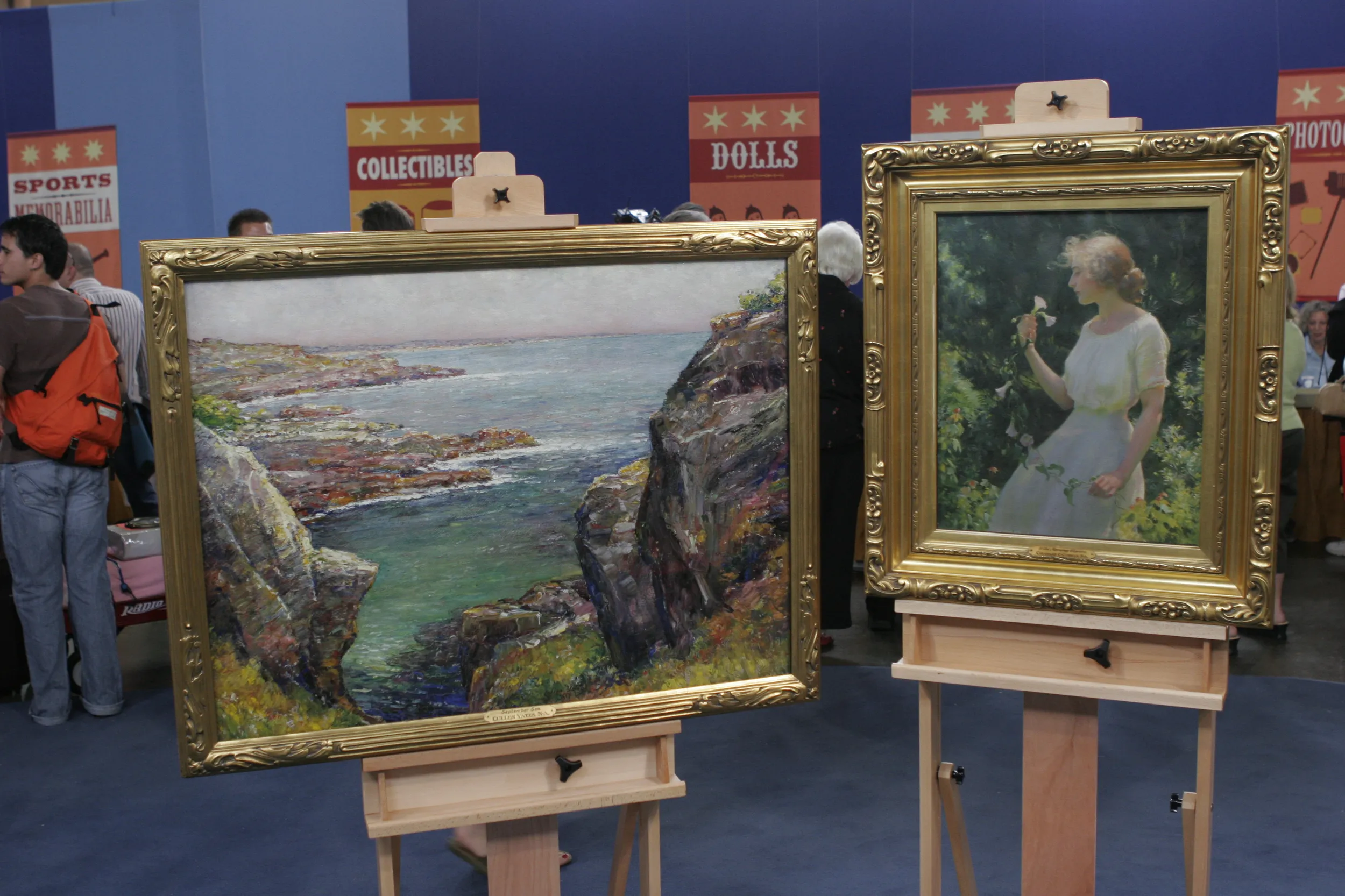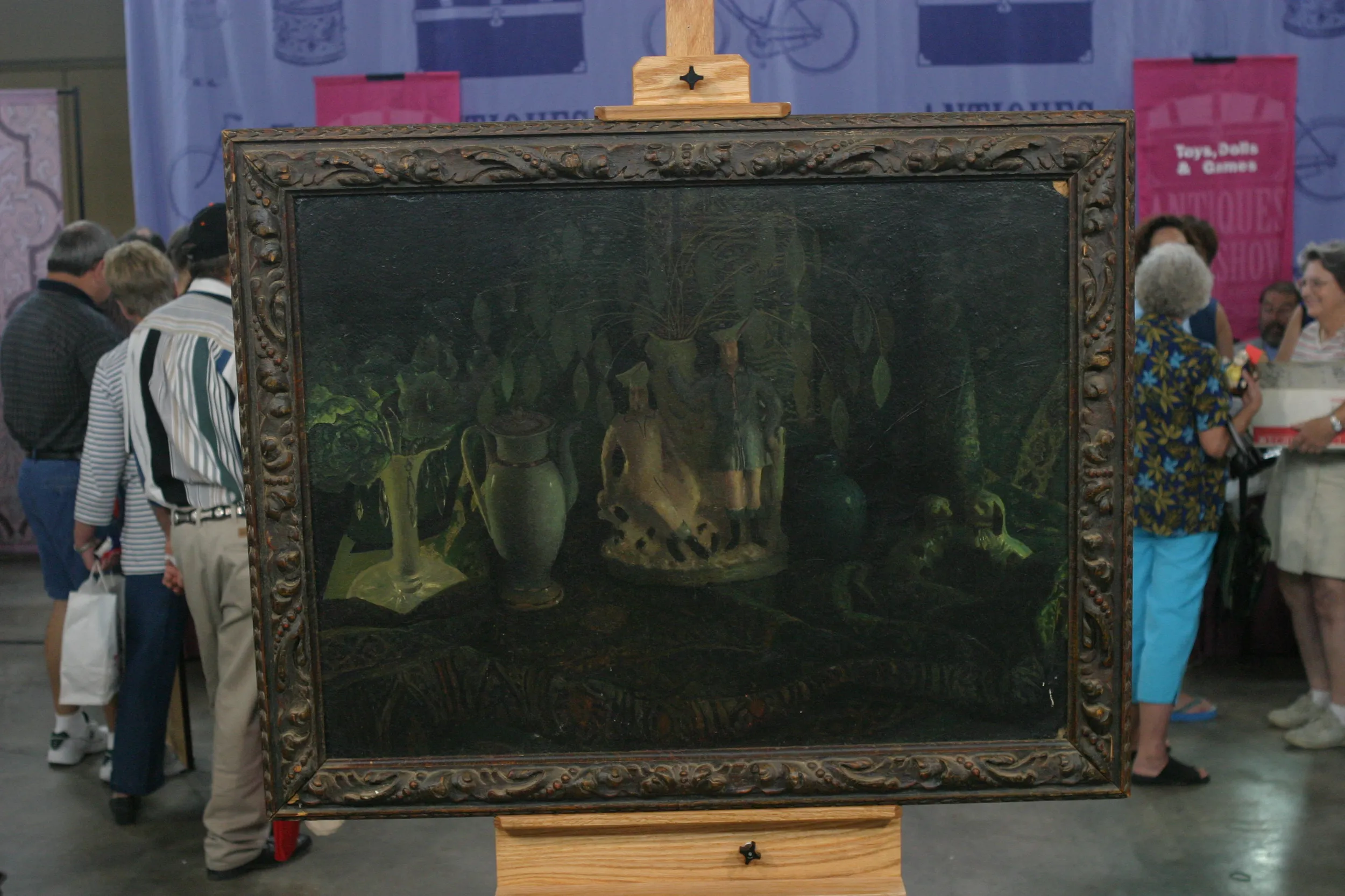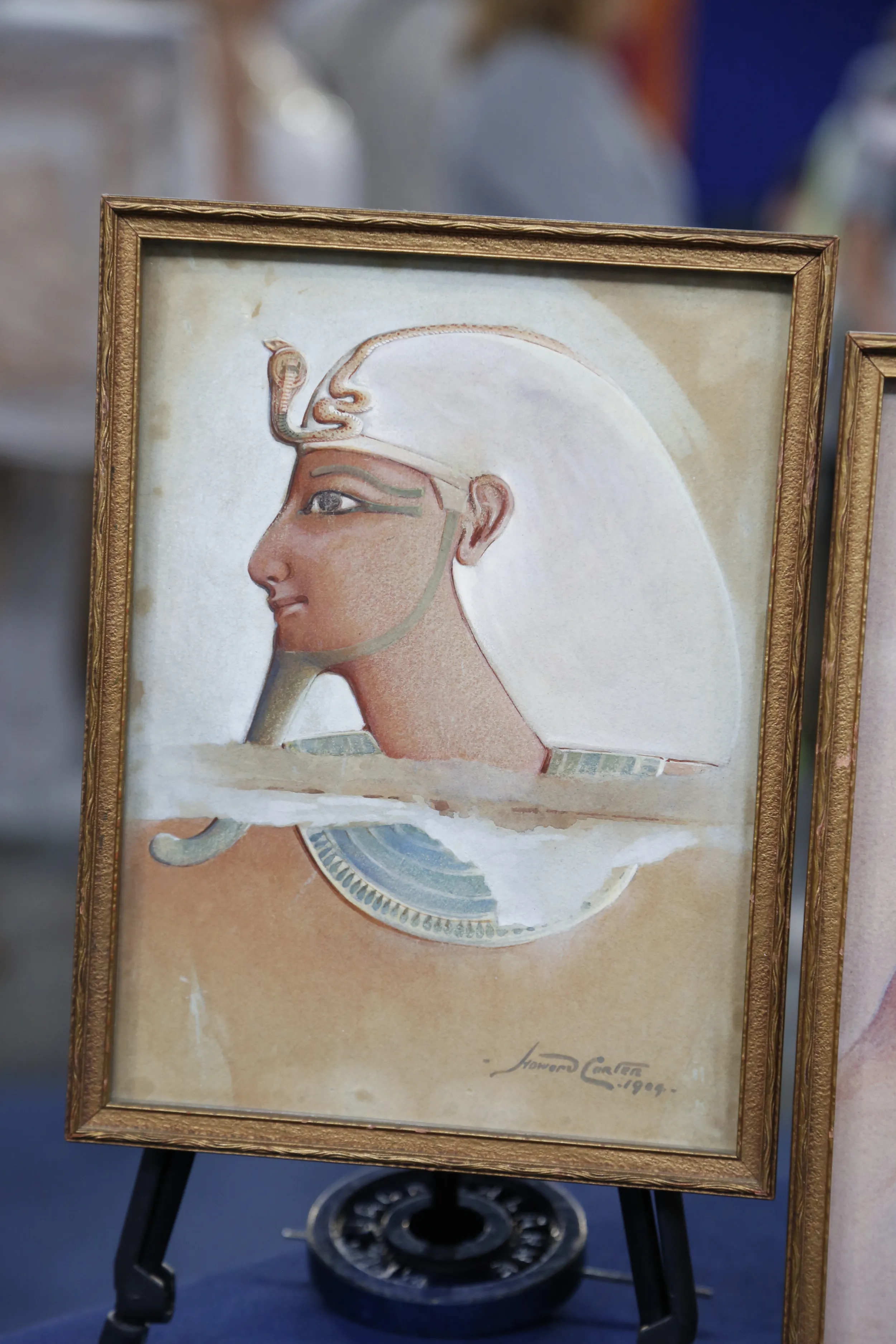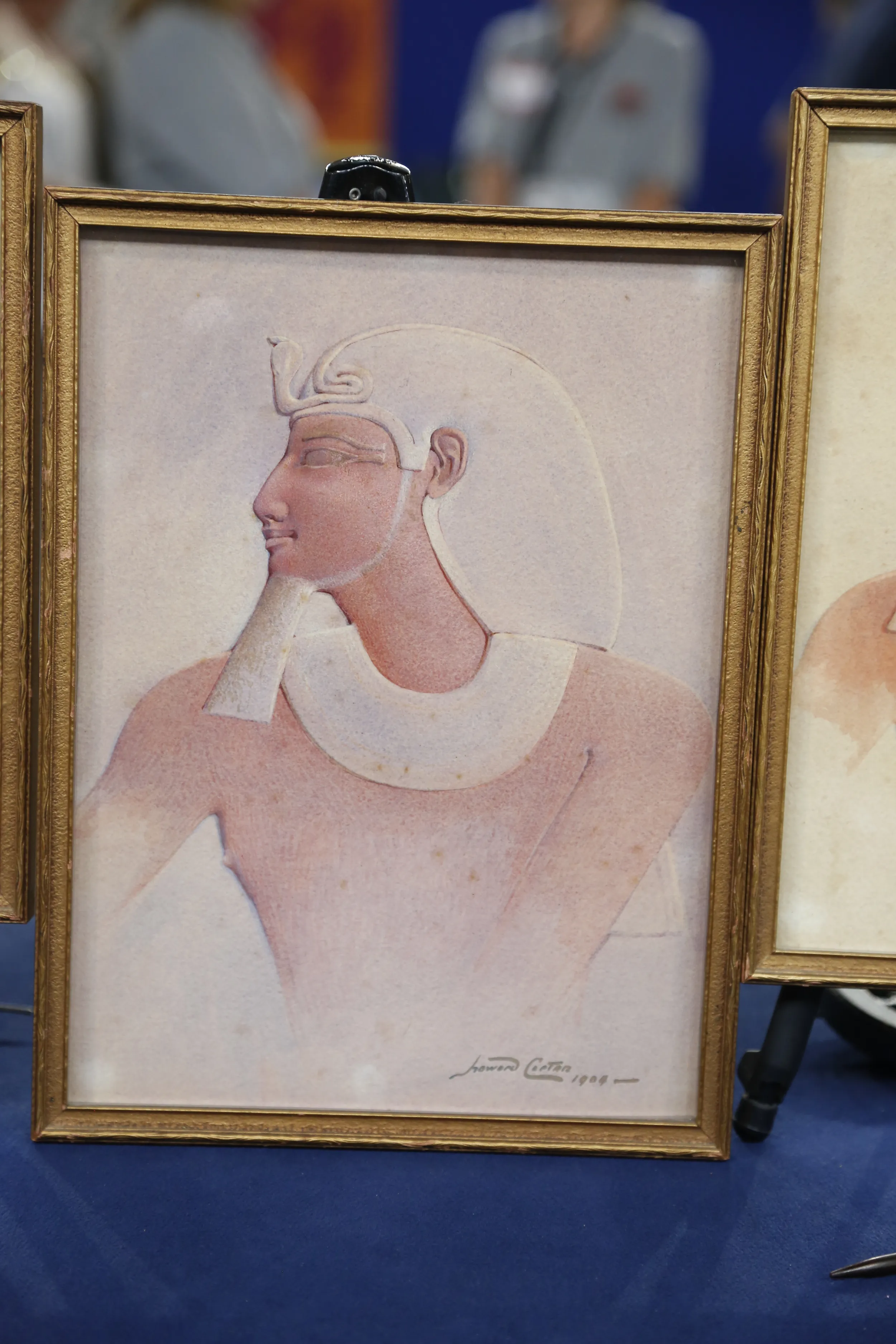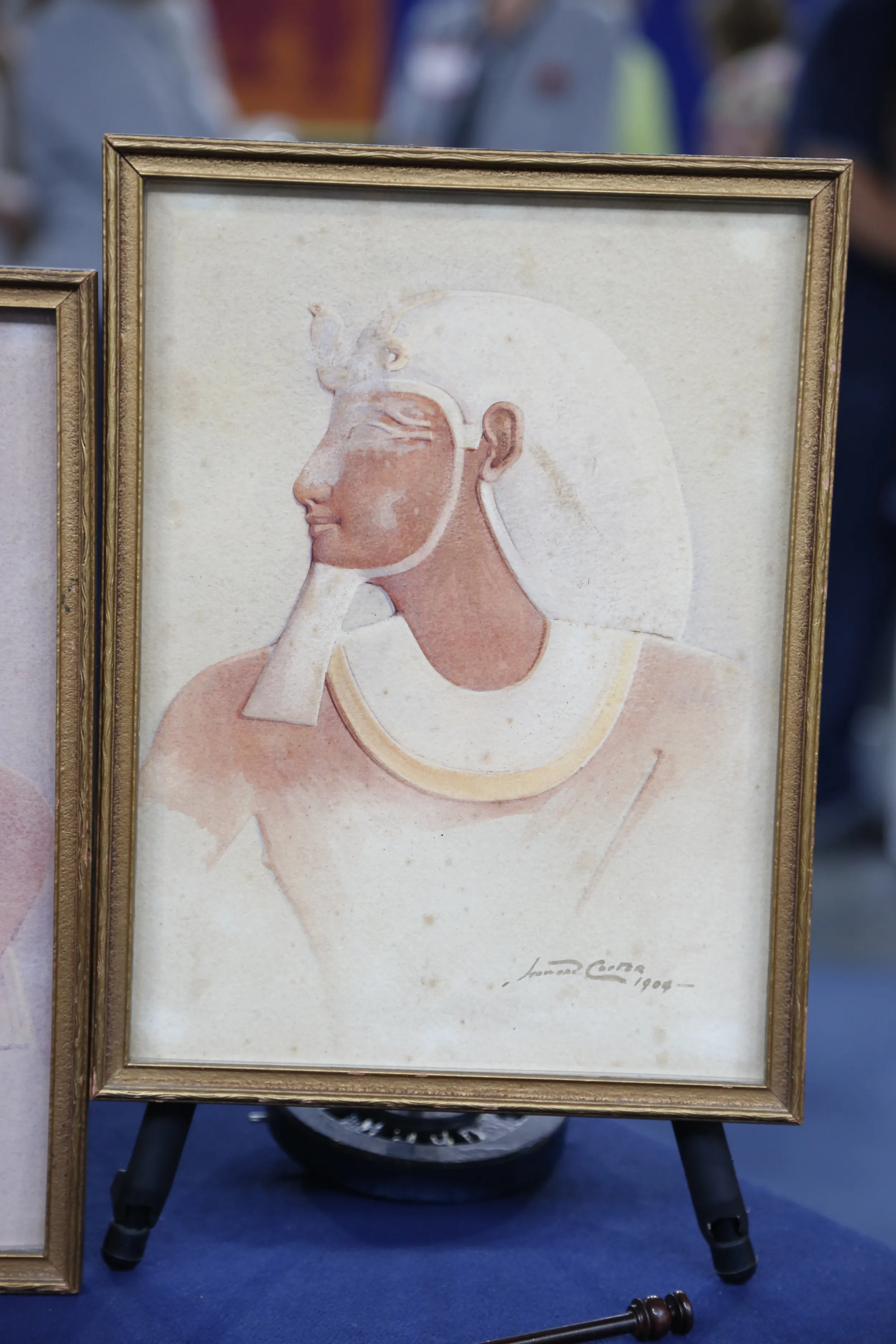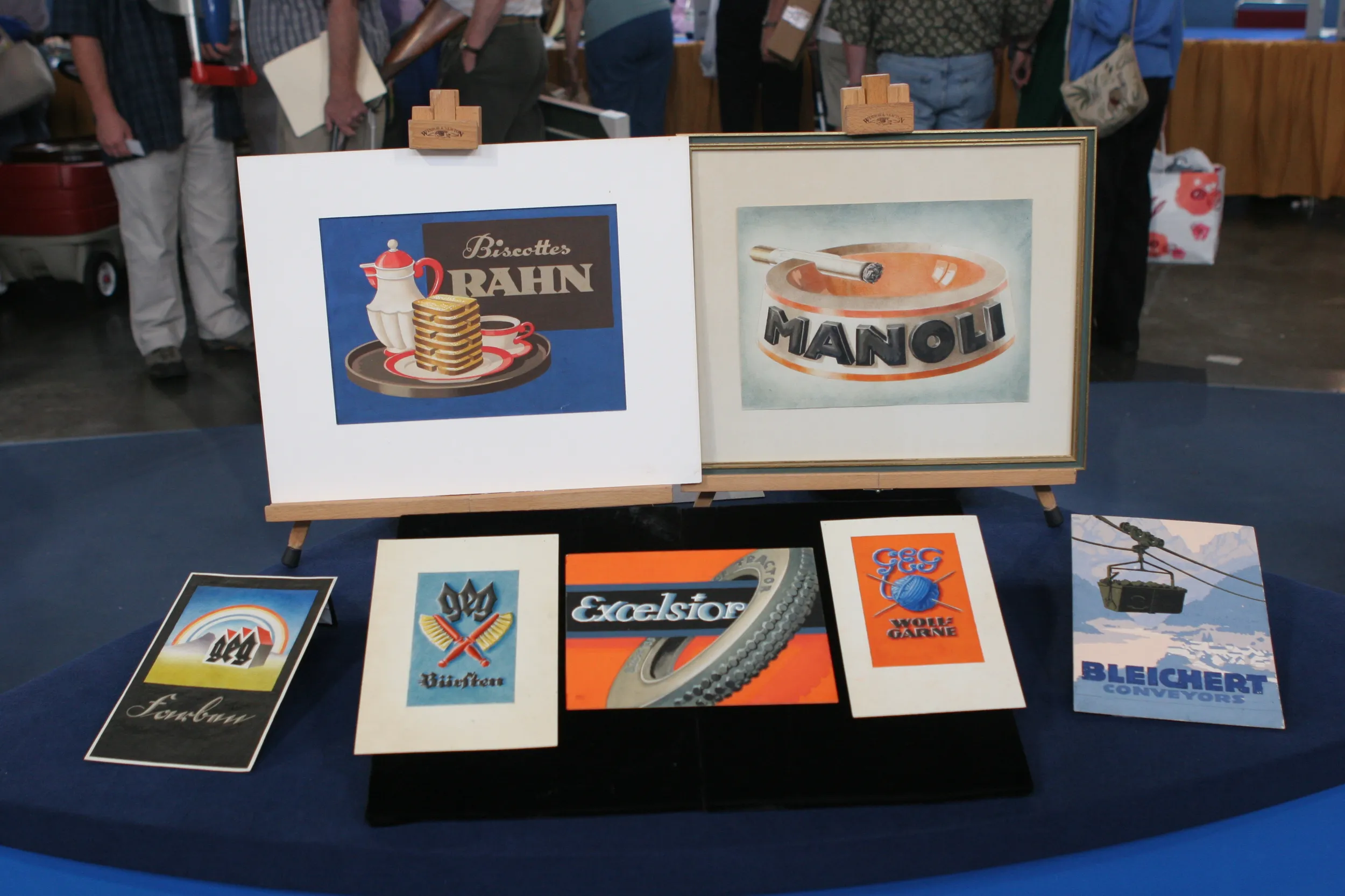GUEST: Well, I inherited them from my father's family. His father's first cousin's half-sister had them. And they ended up with my grandfather's first cousin. And when her house was disposed of, they came to me. I have had them probably 20 years.
APPRAISER: Howard Carter is best known as an important archaeologist and Egyptologist. But he actually started off as an artist. His father was a British artist. He studied with his father and in the late 19th century, at only 17 years of age, he went to Egypt, where he acted as a field journalist for Flinders Petrie and a number of the other archaeologists. But, as you know...
GUEST: (chuckling): Oh, yes.
APPRAISER: His claim to fame started in 1907, when he was under the patronage of Lord Carnarvon.
GUEST: Yeah.
APPRAISER: And why don't you tell us what Howard Carter found?
GUEST: Oh, he's famous for King Tut. I don't have King Tut. (chuckles)
APPRAISER: Absolutely. Howard Carter was the archaeologist on site at the founding of the King Tut tomb, the Tutankhamun tomb. The excavation started in 1907 and was off and on until 1922. And in November of that year, Carter broke a hole into the ground. And as Carnarvon had said to him, "Can you see anything?" Carter said, "Yes, wonderful things." So these are wonderful examples of Carter's early work from 1904. Excavations at the Hatshepsut site and also at the Thutmose excavations. At this point, Carter was an excavation journalist. And you can see here where he is showing the figure as it appears on the tomb wall with the abrasions. This isn't damaged at all. It is the artist recreating what he saw on the tomb walls. His artwork is very popular. Aside from him being an Egyptologist and an archaeologist, his watercolors are highly valued. I would value them at between $6,000 and $8,000 apiece.
GUEST: Apiece?
APPRAISER: Apiece, on a retail venue.
GUEST: Oh, my heavens! I think my cousins will ask for them back. (chuckling)
